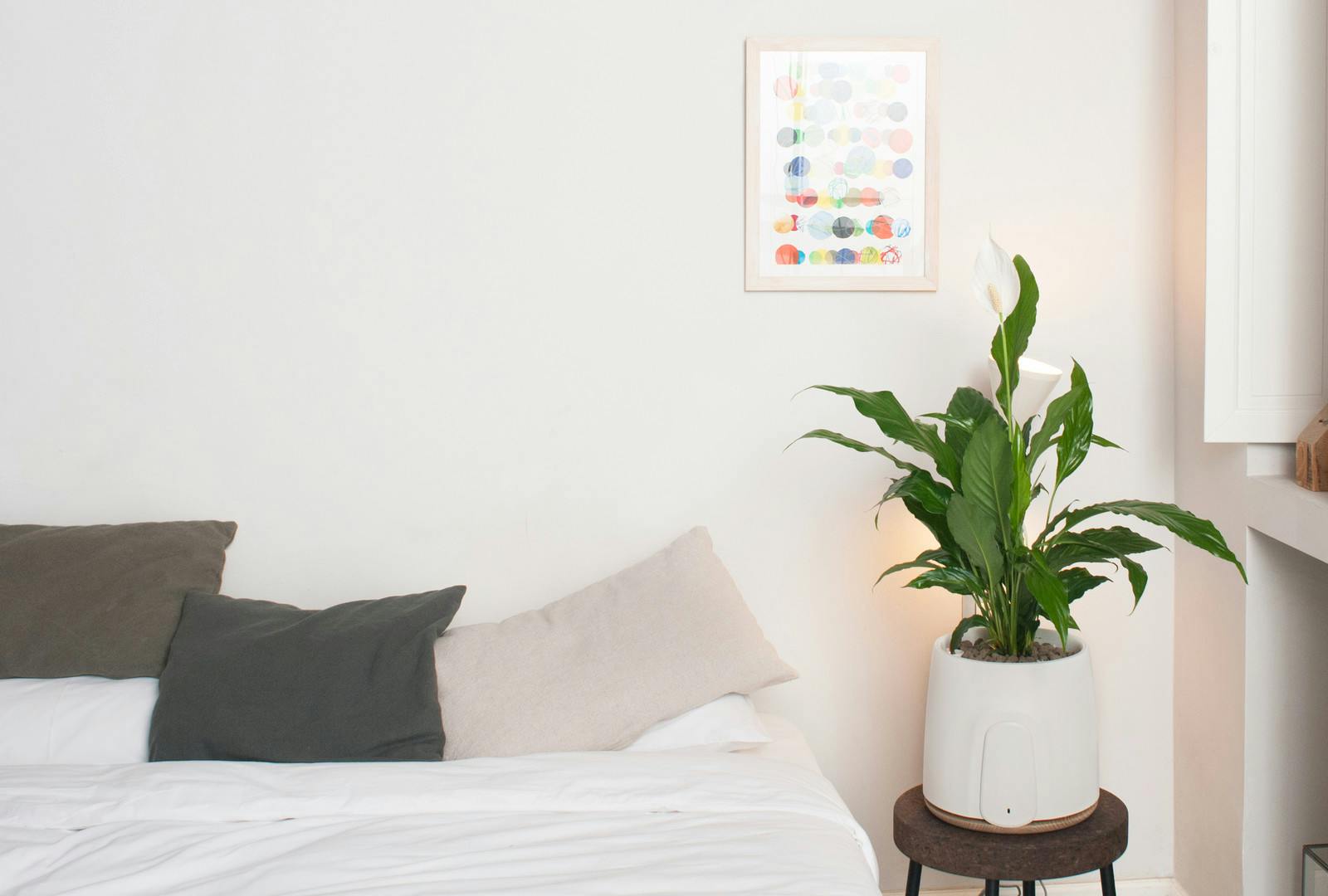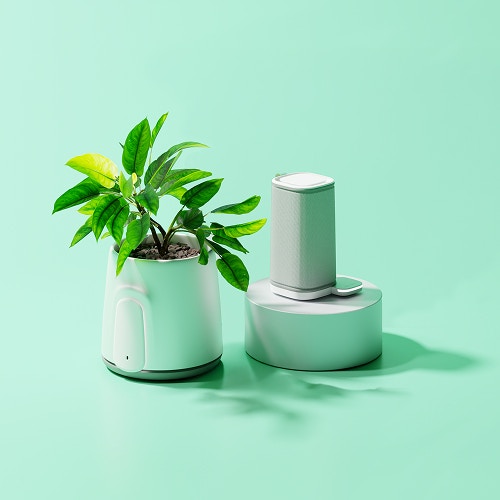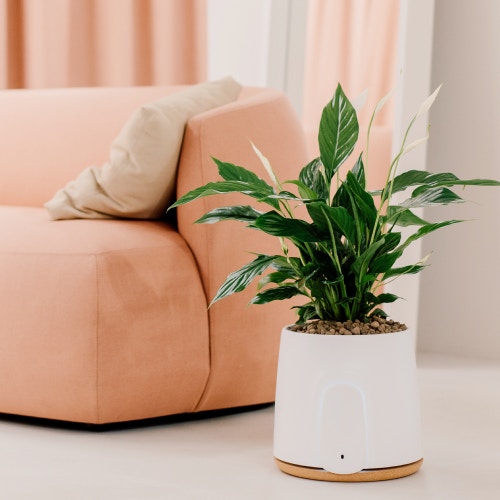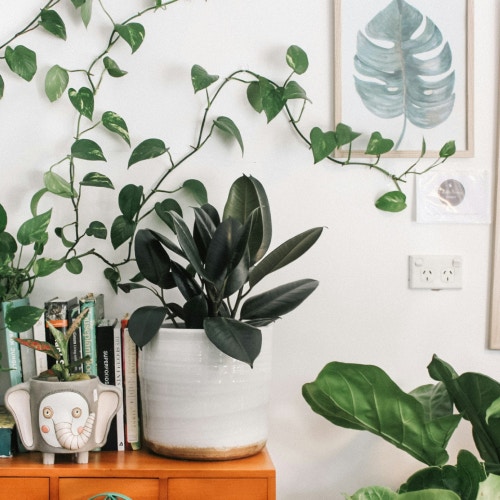
Nature is magical: discover how plants clean the air
→
A plant that eliminates indoor air pollution? This is not magic, it's nature!
Indoor air pollution is a big issue according to WHO and some common plants can clean the air we breathe. Sanseveria, Spathiphyllum, Anthurium, and other plants called “hyperaccumulators” can do it, naturally. These plants, in fact, are very common and eliminate the toxic agents and other pollutants from the air, thanks to a combination of roots, soil, and microorganisms.
How plants clean the air: the power of phytoremediation
The families of plants that clean the air are called “phytoremediation”. The first refers to water reclamation, while the second refers more generically to air and soil clean up. Phytoremediation from Greek φυτό (phyto), meaning “plant”, and Latin remedium, meaning “restoring balance”, refers to the technologies that use living plants to clean up soil, air, and water contaminated with hazardous contaminants.
"The use of green plants and the associated microorganisms, along with proper soil amendments and agronomic techniques to either contain, remove or render toxic environmental contaminants harmless".
Phytoremediation is a cost-effective plant-based approach of remediation. It takes advantage of the ability of plants to concentrate elements and compounds from the environment and to metabolize various molecules in their tissues. It refers to the natural ability of certain plants called hyperaccumulators to bioaccumulate, degrade, or render harmless contaminants in soils, water, or air.
“Aero filtration” is the specific phenomena that depurate the air. The process of chemicals downgrading happens in the whole plant but starts between the rhizome and the soil. In fact, near the roots, there are some microorganisms like fungi, bacteria and other microorganisms that help this process. These plants force VOCs and other dangerous substances that are found in polluted air to be downgraded and become harmless nutrient for the plant itself.

VOCs and CO2 purification
Volatile Organic Compounds (VOCs) and Carbon Dioxide (CO2) are the most common and dangerous substances we breathe every day. In fact, we can find them in:
- tobacco smoke (Benzene)
- printing (Xylene)
- cleaners (Ammonia)
- varnishes (Trichloroethylene)
- table napkin (Formaldehyde)
Pollutants can worsen breathing problems such as asthma or allergies, bad sleep, headache, dizziness. Traditional flowerpots don’t allow any air in the roots, the air purification capacity is reduced and to filter the pollutants you should have lots of plants for every room. Check the TED talk about how to grow fresh air.
Our solution to fight indoor air pollution
The solution was to create artificial filters to purify the air. But, as these artificial filters aren’t a living or growing being, these filters need expensive replacements that are not green at all.
To solve this problem, we created Natede, a natural air purifier that is filter-less and uses phytoremediation to clean the air. Thanks to the ground-breaking technology, Natede boosts plant’s ability to purify the air. It also leverages the ultimate-generation sensors so you can monitor air quality, temperature and humidity checking on your smartphone’s app.
It’s now more than 3 years that we have been testing our products and our technology. Our main partners are PNAT and LINV, the most prestigious research labs on plants neurobiology in Europe. They proved the effectiveness of our system and work closely with us to improve our products.

Clean Air Study: Bill and its story
At first, his job consisted of researching methods to protect the army from chemical/biological warfare. And his work caught the eye of NASA. After a decade spent investigating the possibility to clean wastewater thanks to the specific purification powers of the plants, NASA asked him to seek applications for solving earthly environmental pollution problems.
Sick Building Syndrome
The main aim was to defeat Sick Building Syndrome. As due to ecological conditions and heat maintenance, buildings have become more insulated and sealed, the air turnover becomes insufficient. This means that even “exhausted” air, odors and pollutants can’t go out. And so, during the 70s emerged this “medical condition where people suffer from symptoms of illness or feel unwell for no apparent reason”
Bill and his co-workers decided to test plants. They discovered that some plants are more efficient than others in air purification. But, that’s when they started the control phase that they got the most important discovery. They decided to test the efficiency of plants without leaves, so they pruned plants totally. The results where astonishing! The purification was even more important without leaves. They found out that purification happened through roots not through their leaves as they always thought.




